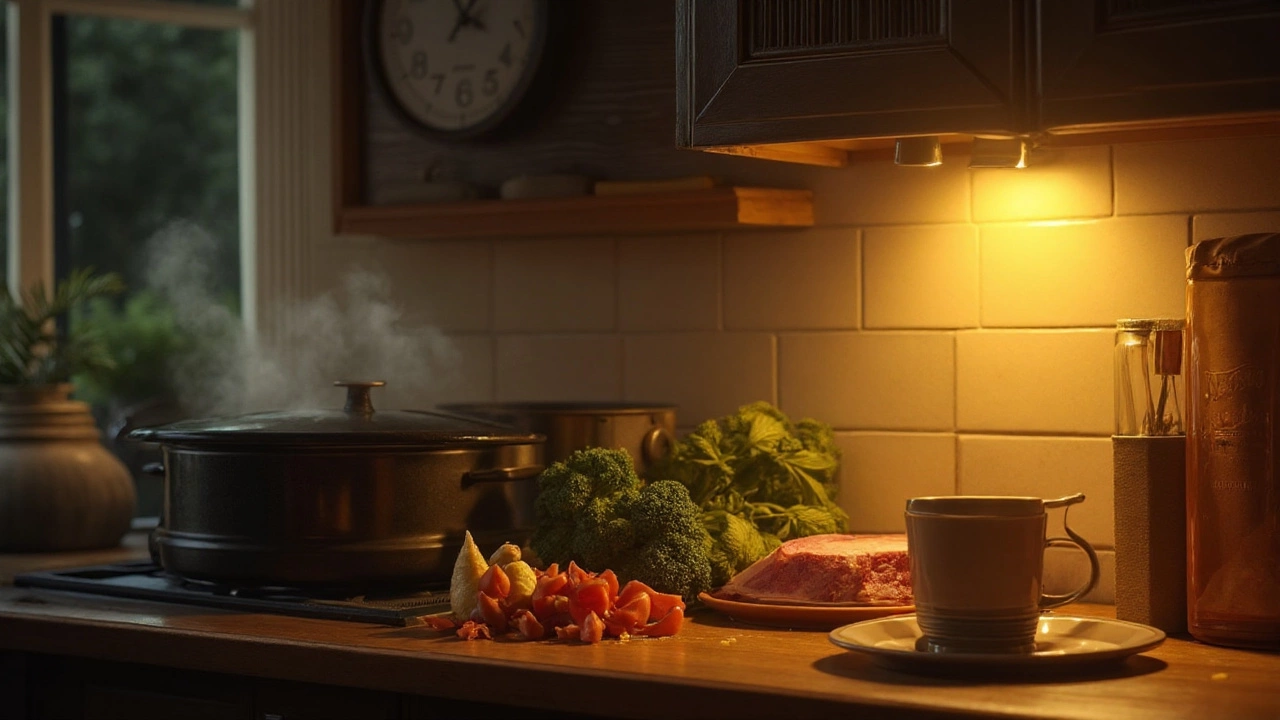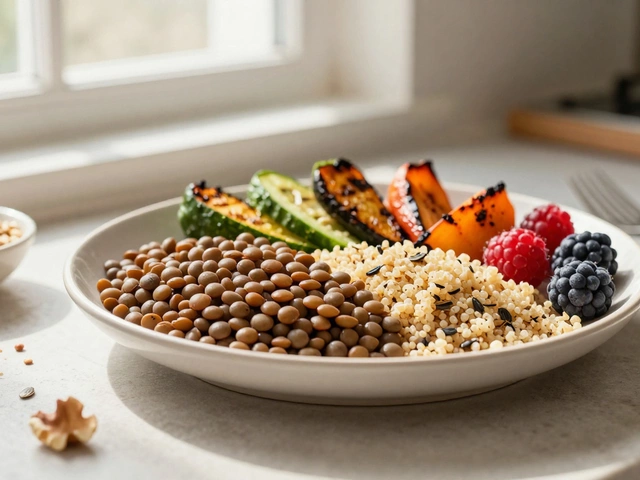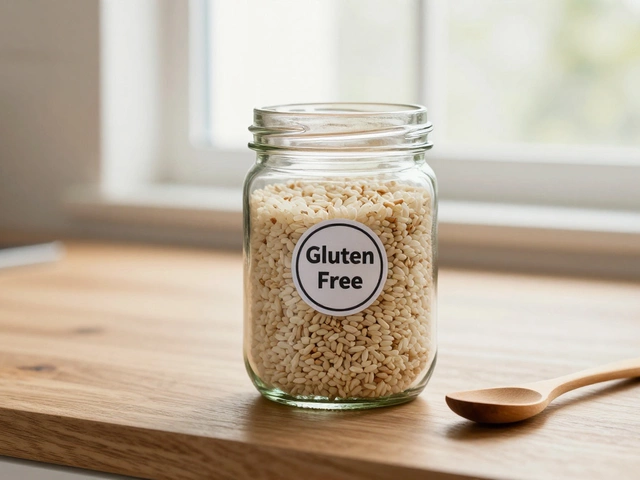Meat Food Safety Tips: Keep Your Meals Safe and Tasty
Cooking meat is a daily routine for most of us, but even a small mistake can turn a tasty dinner into a health risk. Below you’ll find the most useful, no‑fluff steps to keep your meat dishes safe from purchase to plate.
Buy Smart, Store Smarter
First thing: check the sell‑by date and the colour of the meat. Fresh beef should be bright red, pork pink, and chicken a clean pink without any grey spots. Put it in the coldest part of your fridge – usually the bottom shelf – and keep it wrapped tightly to stop juices from dripping onto other foods. If you won’t use it within two days, lock it in a freezer bag and label it with the date. Frozen meat stays safe for up to six months, but always thaw it in the fridge, not on the countertop.
Separate, Clean, and Sanitize
Cross‑contamination is the biggest cause of food‑borne illness. Use one cutting board for raw meat and another for veggies or bread. Wash your hands with soap for at least 20 seconds before and after handling raw meat. After you finish, clean all surfaces with hot, soapy water and a splash of kitchen disinfectant. Even a quick rinse of knives and forks can stop bacteria from hopping onto your next dish.
Cooking Temperatures Matter
The safe internal temperature for most meats is 165°F (74°C). Use a digital instant‑read thermometer – it takes seconds and removes guesswork. For chicken, insert the probe into the thickest part, avoiding bone, and wait for the reading to hit 165°F. Ground beef and pork also need to reach 160°F. Remember, the ‘danger zone’ (40°F‑140°F) is where bacteria multiply fast, so don’t let cooked meat sit out longer than two hours.
Slow Cooker Myths Debunked
Many wonder if you can toss raw chicken straight into a slow cooker. The answer is yes, but you must keep the cooker on the “low” setting for at least four hours or “high” for two hours to push the temperature out of the danger zone quickly. Adding a thin layer of foil under the lid can help retain steam and keep the meat moist, but never cover the lid with foil that blocks the vent – you need proper airflow.
Avoid Common Mistakes
Don’t rinse raw meat; the splashing spreads bacteria around the sink. If a recipe calls for baking soda to tenderise meat, apply it, let it sit briefly, then rinse thoroughly under running water to remove any residue. Also, never reuse marinades that have touched raw meat unless you boil them for at least three minutes first.
Following these simple steps will let you enjoy juicy, flavourful meals without worrying about food‑borne bugs. Keep a thermometer handy, stay organized in the kitchen, and treat raw meat with the same respect you give any other ingredient. Your stomach – and your family – will thank you.

Is It Safe to Leave Meat in the Crockpot on Warm Overnight?
by Landon Weathers / 7 Aug 2025Wondering if you can leave meat in the crockpot on warm overnight? Discover the facts, food safety rules, and real-life tips for keeping your meal safe and tasty.




